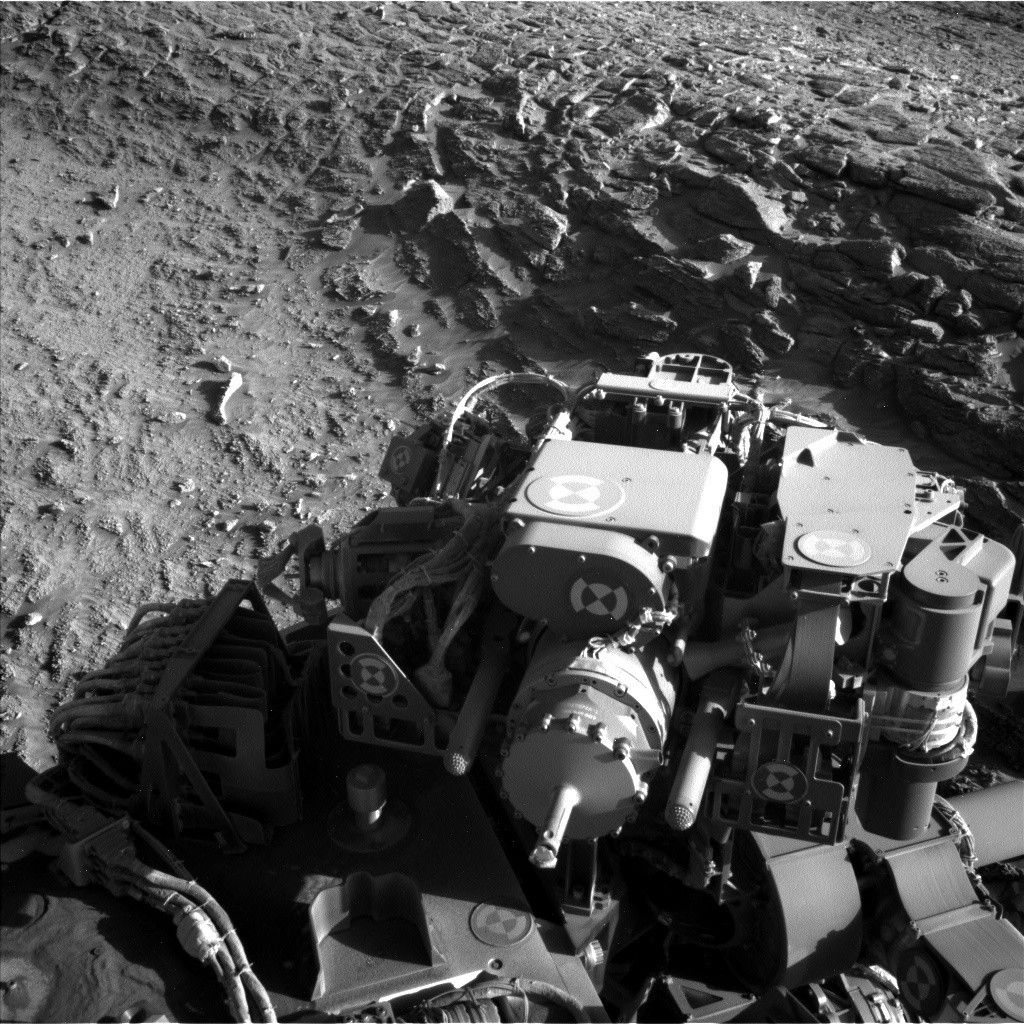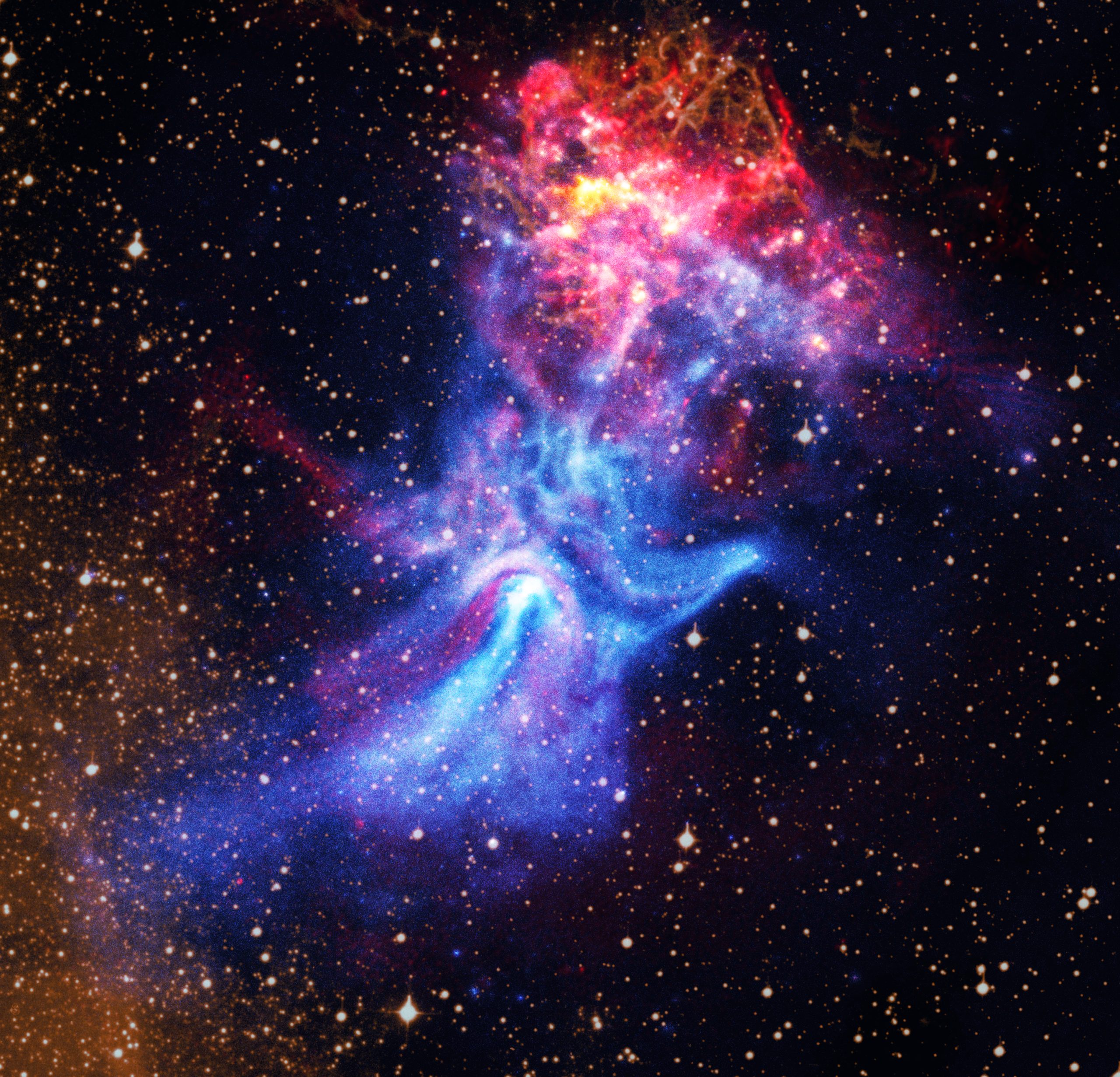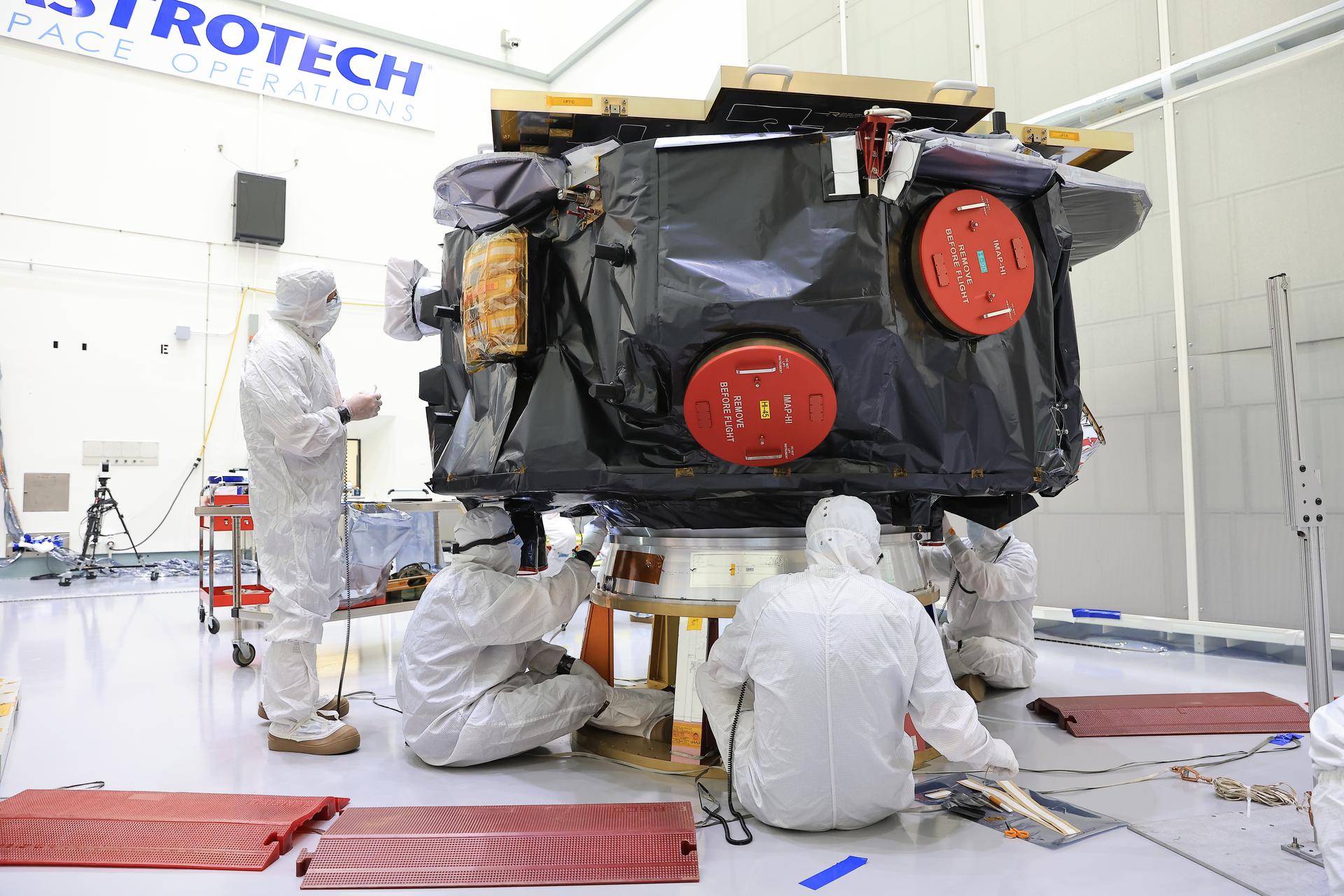Now Reading: Curiosity Rover Faces Steep Martian Terrain on Sols 4636-4637
-
01
Curiosity Rover Faces Steep Martian Terrain on Sols 4636-4637
Curiosity Rover Faces Steep Martian Terrain on Sols 4636-4637

Quick Summary
- NASA’s Curiosity rover is exploring ridge features within boxwork terrain on Mars named “Río Frío.”
- Observations aim to understand the internal structure and chemistry of the ridges, which stand out from surrounding terrain.
- Structural data will be gathered using large Mastcam mosaics and MAHLI imaging of nodules and vein-like surfaces at a target dubbed “Jardín de las Delicias.”
- Chemical analysis includes APXS evaluation of nodules (“Minimini”) and SuperCam scans of veins (“El Tapado”).
- Additional observations involve hollow areas at the base of the ridge (“Playa Zapatilla”) and imagery studies of distant buttes like “Paniri” and “Mishe Mokwa.”
- Environmental monitoring through tools like DAN, RAD, REMS continues during this mission phase.
- A drive will take Curiosity to another smaller ridge perpendicular to “Río Frío” for further investigation.
Indian Opinion Analysis
The ongoing exploration by NASA’s Curiosity rover provides critical insights into Mars’ geological history. Investigating ridge structures may reveal how Martian landscapes evolved over time, particularly related to erosion resistance or unique chemical processes. For India’s growing Mars exploration ambitions-through organizations such as ISRO-it presents an opportunity for comparative research that could enrich global understanding while fostering international collaboration in planetary science. Understanding surface structures also holds implications for future missions focused on resource utilization or biosignature detection.

























